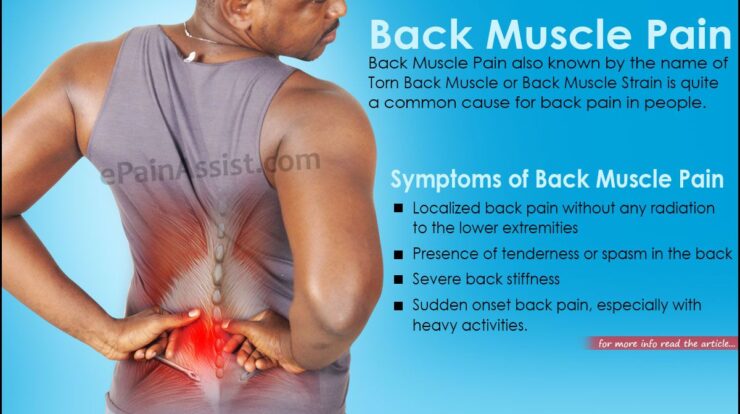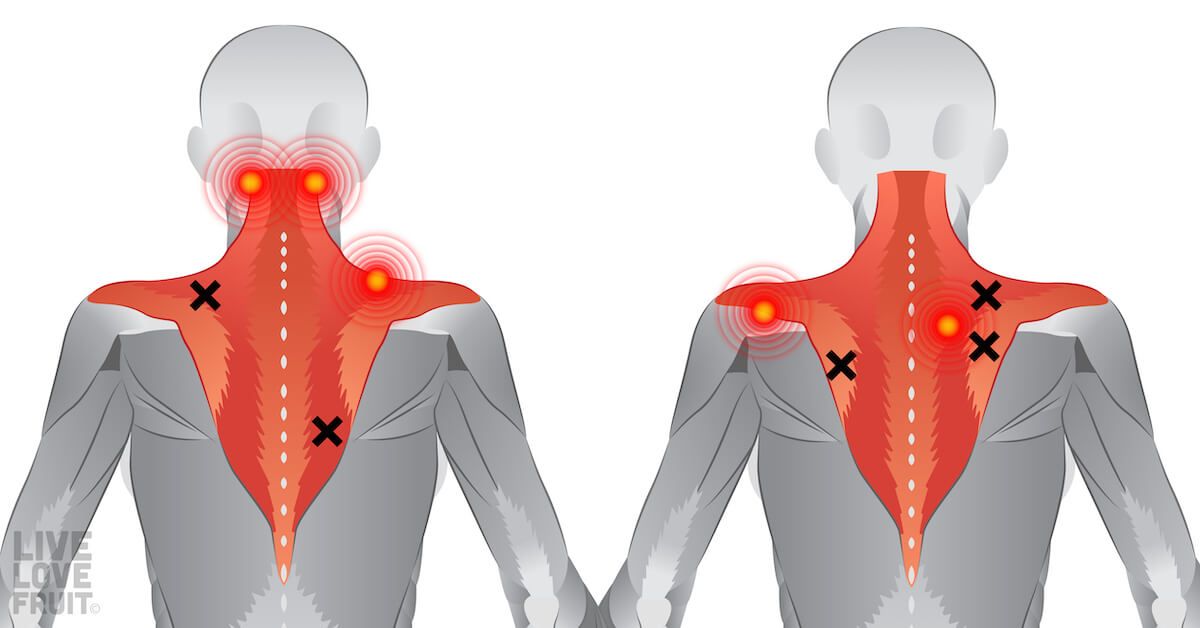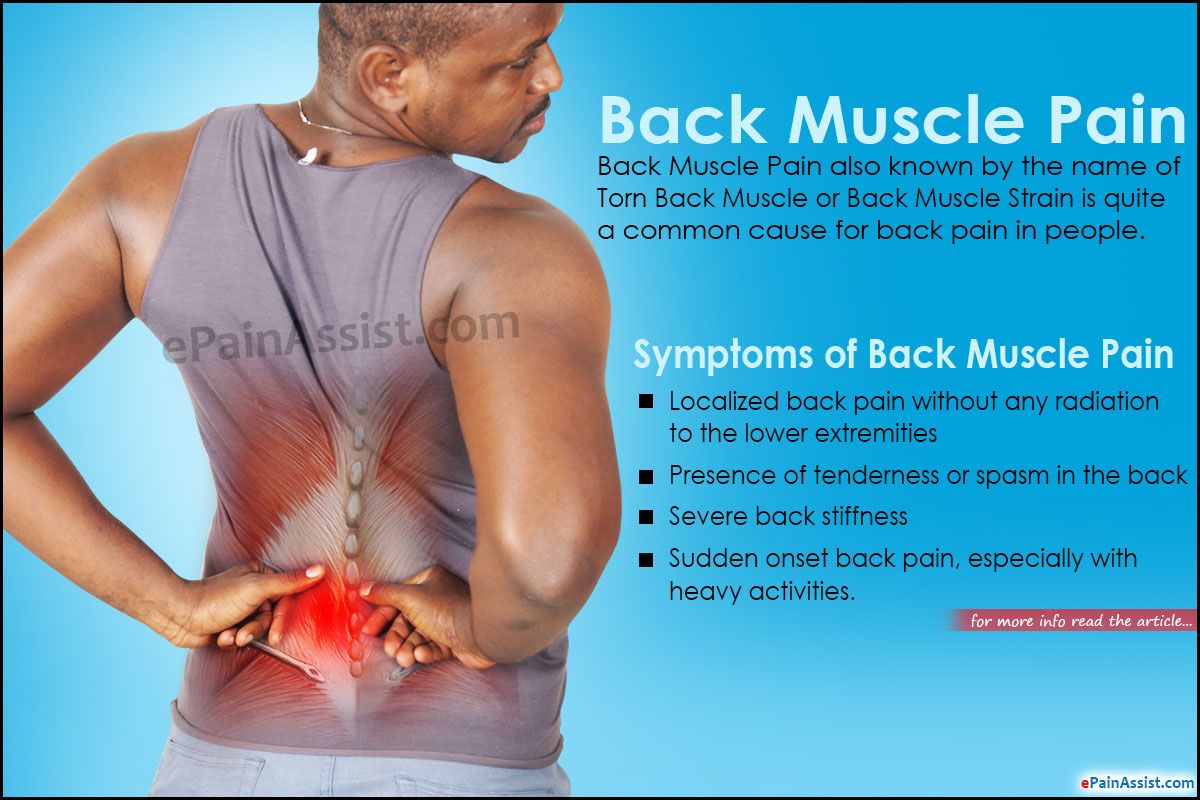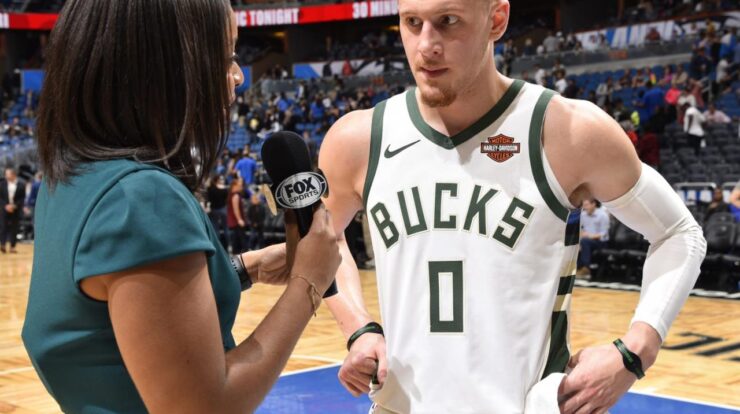
How can stiff and tight muscles result in back pain? – Delving into how stiff and tight muscles can result in back pain, this exploration unravels the intricate relationship between muscular tension and discomfort. Understanding the physiological mechanisms at play is crucial for effective pain management and prevention.
Muscle stiffness and tightness can manifest in various ways, impacting the severity and frequency of back pain. Exploring the contributing factors, such as poor posture, lack of exercise, and underlying medical conditions, sheds light on the importance of maintaining muscle flexibility and overall well-being.
For those experiencing lower back pain, exercises specifically designed to target the affected area can provide relief. Incorporating these exercises into your routine can help strengthen the muscles supporting your lower back, reducing pain and improving mobility.
How Can Stiff and Tight Muscles Result in Back Pain?

Stiff and tight muscles can contribute to back pain due to various physiological mechanisms. Muscle stiffness, which refers to reduced flexibility and range of motion, can put strain on the muscles and surrounding tissues, leading to pain and discomfort. Tight muscles, on the other hand, can create imbalances in the musculoskeletal system, affecting posture and alignment, which can further exacerbate back pain.
Stiff and Tight Muscles in Relation to Back Pain
The relationship between stiff and tight muscles and back pain is complex and multifaceted. When muscles are stiff or tight, they can limit the range of motion in the spine, leading to pain and discomfort. Additionally, stiff muscles can reduce the body’s ability to absorb shock and impact, making the back more vulnerable to injury.
- Erector Spinae:These muscles run along the spine and are responsible for extending and straightening the back. When tight, they can contribute to lower back pain.
- Hamstrings:The hamstrings are located at the back of the thigh and can contribute to lower back pain when tight. They can pull on the pelvis, tilting it backward and putting strain on the lower back.
- Quadriceps:The quadriceps are located on the front of the thigh and can contribute to lower back pain when tight. They can pull on the pelvis, tilting it forward and putting strain on the lower back.
Impact of Muscle Stiffness and Tightness on Back Pain Intensity, How can stiff and tight muscles result in back pain?
The degree of muscle stiffness and tightness can influence the severity of back pain. More severe stiffness and tightness can lead to more intense pain and discomfort. Additionally, muscle spasms and trigger points, which are areas of tight muscle that can cause referred pain, can further exacerbate back pain.
In honor of Mother’s Day, let us express our gratitude to all the wonderful mothers who bring joy and love into our lives. We wish you a happy Mother’s Day filled with love, laughter, and cherished memories.
- Muscle Spasms:Muscle spasms are involuntary contractions that can occur in stiff or tight muscles. They can cause sudden and severe pain.
- Trigger Points:Trigger points are small, sensitive areas within muscles that can cause referred pain when pressure is applied. They can contribute to chronic back pain.
Contributing Factors to Muscle Stiffness and Tightness Leading to Back Pain
Several factors can contribute to muscle stiffness and tightness, which can lead to back pain. These factors include:
- Poor Posture:Poor posture, such as slouching or sitting for prolonged periods, can lead to muscle imbalances and tightness, which can contribute to back pain.
- Lack of Exercise:Regular exercise helps to keep muscles flexible and strong. Lack of exercise can lead to muscle weakness and stiffness, which can increase the risk of back pain.
- Age:As we age, our muscles naturally become stiffer and less flexible, which can contribute to back pain.
- Certain Medical Conditions:Certain medical conditions, such as arthritis and fibromyalgia, can lead to muscle stiffness and tightness, which can contribute to back pain.
Strategies to Address Muscle Stiffness and Tightness for Back Pain Relief
Several strategies can help to address muscle stiffness and tightness and relieve back pain. These strategies include:
- Stretching Exercises:Regular stretching exercises can help to improve muscle flexibility and reduce stiffness. Stretching should be done gently and held for 15-30 seconds.
- Massage Therapy:Massage therapy can help to relax tight muscles and relieve pain. Massage therapists use various techniques to apply pressure to muscles and promote relaxation.
- Maintaining Good Posture:Maintaining good posture can help to prevent muscle imbalances and tightness, which can contribute to back pain. It is important to sit up straight with your shoulders back and your feet flat on the floor.
- Regular Exercise:Regular exercise helps to keep muscles flexible and strong. Engaging in activities such as walking, swimming, or cycling can help to reduce muscle stiffness and tightness.
Final Wrap-Up

Addressing muscle stiffness and tightness requires a multifaceted approach. Incorporating stretching exercises, massage therapy, and regular physical activity into one’s routine can significantly improve muscle flexibility and reduce pain. Maintaining good posture and making healthy lifestyle choices are essential for long-term back pain prevention.
Q&A: How Can Stiff And Tight Muscles Result In Back Pain?
What are the common causes of muscle stiffness and tightness?
Poor posture, lack of exercise, certain medical conditions, and aging can all contribute to muscle stiffness and tightness.
How does muscle stiffness and tightness impact back pain severity?
Regular exercise is crucial for maintaining flexibility and preventing stiffness, according to experts. Experts emphasize that consistent physical activity helps keep muscles and joints limber, reducing the risk of pain and discomfort.
The degree of muscle stiffness and tightness can influence the severity of back pain. Reduced flexibility and muscle spasms can exacerbate pain.
What are some effective strategies to address muscle stiffness and tightness?
To all the mothers who deserve our love and appreciation, we wish you a happy Mother’s Day . May your day be filled with joy, laughter, and heartfelt moments with your loved ones.
Stretching exercises, massage therapy, maintaining good posture, and regular physical activity can effectively improve muscle flexibility and reduce stiffness.
As we celebrate Mother’s Day, we also remember those mothers who have passed away. On this special day, we honor their memory and the love they shared with us. Happy Heavenly Mother’s Day to all the mothers who are watching over us from above.








